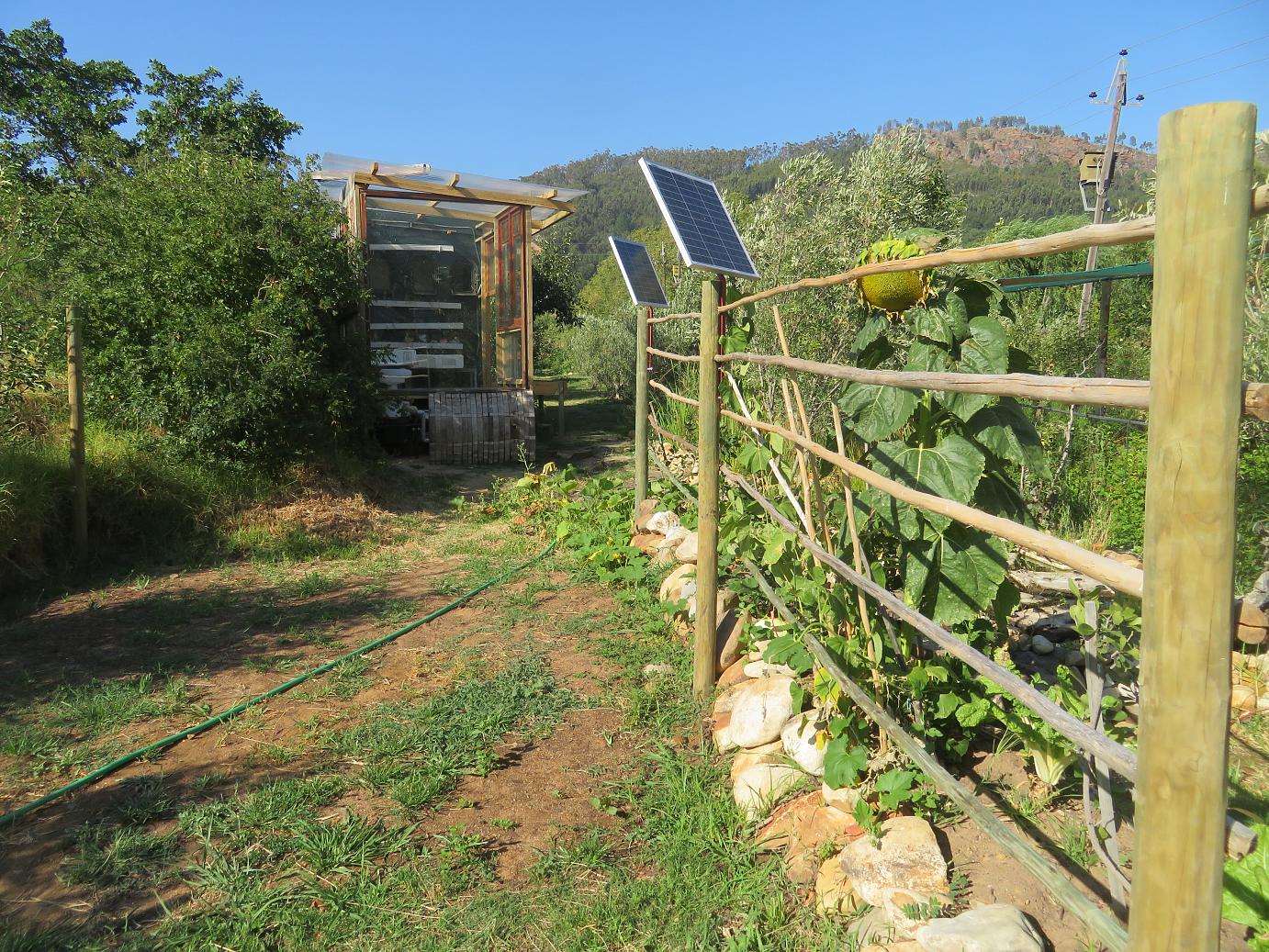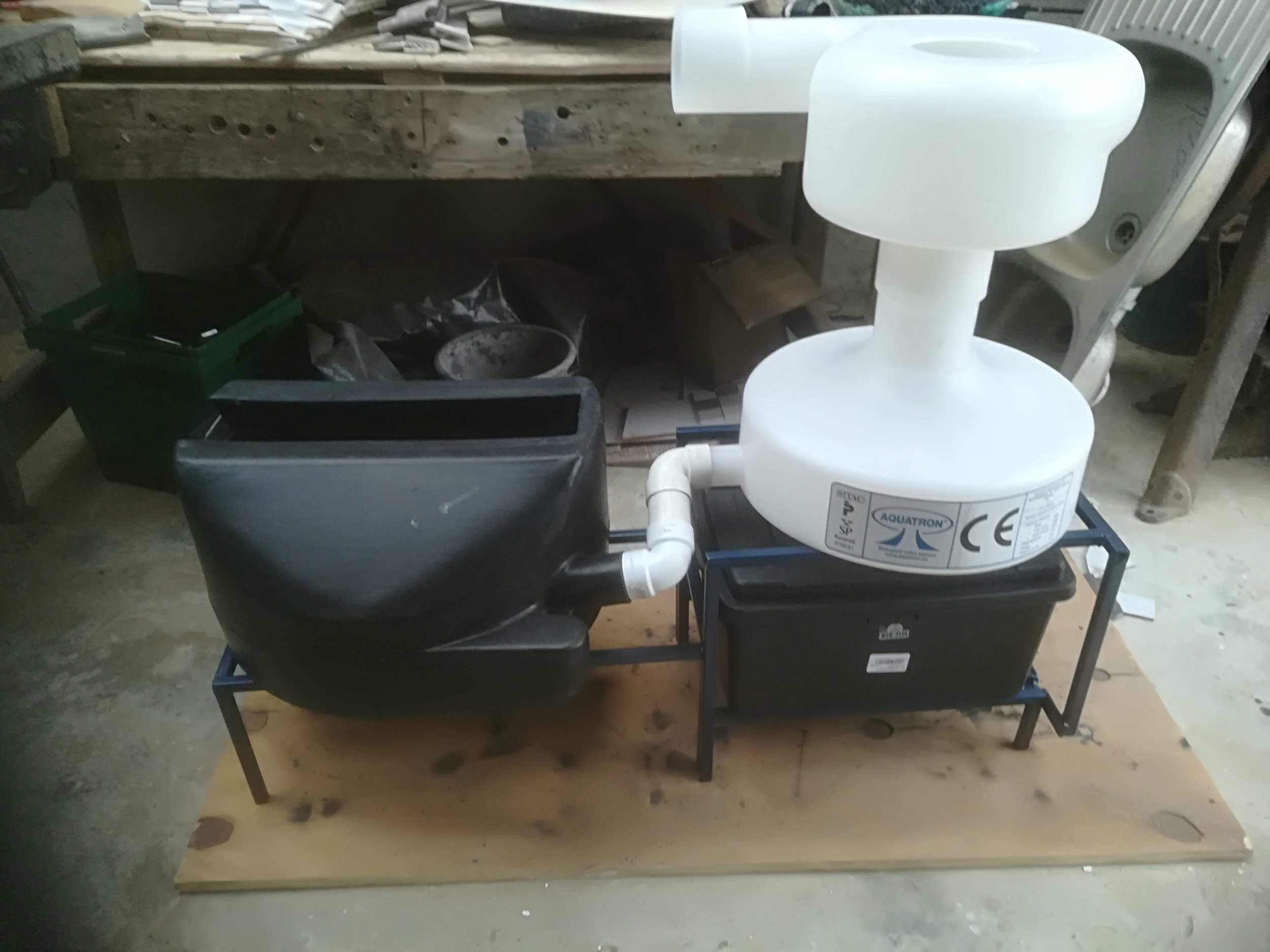RESEARCH
Centrifugal Toilet
Centrifugal toilet
In 2017, the CWBR researched the use of centrifugal toilets as a recycling and composting system adapted in a South African context. Such a toilet separates liquids from solids without any moving parts or chemicals.
The research has proved successful and the CWBR is now looking for locations to implement the first pilot project, including informal settlements. Presentations with municipalities took place in 2020 wherein the system was favourably viewed.
The system can be a possible solution to address the pollution in rivers, such as effluent waste, as well as contribute to a less-waste system in Eco Resorts and private homes.
Watch our video to find out how it works!
Brief background of the prototype at the CWBR Hub
The toilet is connected to an Aquatron separator, which through centrifugal force, separates the excrement from the liquids. The liquids circulate through a chamber and treated with UV light. The water further continues to aquaponics where the water is organically post-treated, and plants use the nutrients as fertilizers to grow food. The water is then pumped up to a vertical garden to maximise food production. After this the water flows back to the aquaponics.
To prove the system functionality, water quality analysis were made at Stellenbosch University WA lab, where Heterotrophic P/C per 1ml at 35°C, Total coliforms per 100ml, Faecal coliforms per 100ml, and E.coli per 100ml, as the general water quality indicators, were examined.
Once the separator and the UV unit were perfectly levelled, and the pipes’ inclinations were checked properly, this resulted in usable water quality. The wastewater treatment system was proved to work in South African conditions if properly installed and is a recommendable solution for the current toilet systems in informal settlements, mid- to high-income households, and companies.


